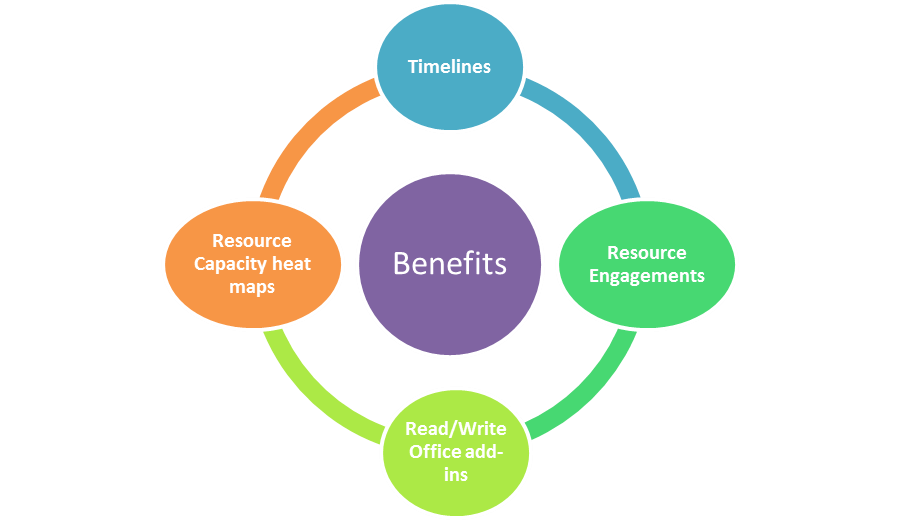
Learn to work efficiently with Microsoft Publisher 2016

Best learning environment supported by expert trainers

Hands-on practices to explain the concepts of the course

Provides course completion certificate at an end
Microsoft Publisher Training Course helps delegates to create and personalise a wide range of publications and marketing materials in-house including print, and the web. This course will explain how to create visually rich, professional-looking publications without increasing the cost and time in a complicated desktop publishing application.
With the help of this, we can make things as simple as posters, greeting cards and labels, or as complicated as professional email newsletters, yearbooks and catalogues. MS Publisher is a very easy to use application and gives a professional touch to your publications. Whether delegates are a beginner to Microsoft Publisher or want to enhance knowledge in both the cases this course is ideal for all of them.
Microsoft Publisher Training Course explains the basic features and functions of MS Publisher 2016. Delegates will also learn to create and edit publications, work with master pages, place text and images, and set up and format tables. In this course, Delegates will also learn how to create a facing-pages layout, export publications to PDF, and prepare publications for commercial printing.
Delegates will learn how to control colours and gradients, create and apply styles work with WordArt objects, and use section page numbers and bookmarks. This course will impart knowledge to delegates to set up and manage mail merge lists, use Web templates, prepare mailing labels, build, forms, edit publications and publish a Web site.

What is Microsoft Publisher Training?
Microsoft Publisher helps delegates to create and personalise a broad range of publications and marketing materials in-house which includes print, web, email and other documents. Create professional looking desktop publications, newsletters, yearbooks, greeting cards, labels, and catalogues. This course will help all the users who use publisher to create items for publications.
Why should I take Microsoft Publisher Training Course?
This training will help delegates to learn various tips and tricks for working with text and adding media to improve the publication. Also, provides good knowledge on working with existing publisher templates, and creating own templates. Take advantage of this certification and add a skill to your resume.
What are the benefits of taking Microsoft Publisher Training Course?
MS Publication will allow delegates to format and edit text, add graphics, share and print finished publications. Create event invitations, cards, brochures and flyers after learning high-end desktop publishing. Discover to delete, add pages, move pages around, work with columns and more to enhance visuals.
Why choose Pentagon Training?
Pentagon Training is known as the best training Provider in all domains. Our instructors are certified and experienced so that delegates will not get difficulty during the course. Pentagon training is one of the most leading training providers of this training due to its high-quality content. It is most trusted by professionals and industry leading brands. Our well trained and experienced instructors teach that what is required by industry.
Enquire Now
----- OR -------
Reach us at +44 1344 961530 or info@pentagonit.co.uk for more information.
Sunderland
Sunderland also referred as Sunderland A.F.C, Tyne and Wear. It is located on River Wear in England. Sunderland comprises of the neighbouring towns like Washington and Houghton-le-Spring as well as city. Sunderland is referred as UK Parliament Constituency from 1832 to 1950. Sunderland A.F.C is a professional football team.
History
The population of Sunderland was 146,000 during 1901. First electric trams started in Sunderland in 1900. However in the 1940s and 195-s electric trams were replaced by buses. Last trams ran in Sunderland in 1954. Sunderland Technical College was opened in 1901. In 1904 Bede Memorial was raised and in 1907 Commissioners offices were built. In 1907 Empire Theatre was also opened. In 1909 Barnes Park was opened. Backhouse Park in 1923. Thompson Park in 1933. In 1902 Roker Breakwater was built and South Breakwater in 1914.
Boundaries of Borough were extended in 1928 to include Southwick and Fulwell. In 1929 New Wear Bridge has been constructed. A general hospital was opened in 1929. In 1934 was Deep Water Quay was opened. Council started slum clearance in Sunderland in 1930s. New council houses were built to replace the old slums located in Ford Hall, Marley Pots and Leechmere. During Second World War 267 people were killed due to German bombing. About 1000 houses were destroyed, and about 3000 got damaged. In 1967 boundaries of Sunderland were extended to include Silksworth, South Hylton, Herrington, Ryhope and Castletown. In 1969 Sunderland Polytechnic was founded and was made university in 1992. In 1970 civic centre and the new town hall was built. In 1973 new Police station has been constructed.
In 1973 Monkwearmouth Station Museum was opened. In 1974 North East Aircraft Museum was founded and new General Hospital was opened in Sunderland in 1978. Sunderland suffered in the 1930s when third of the men were unemployed. During 1950s Joblessness lowered and in 1980s unemployment returned. In late 20th century, Sunderland’s coal mining declined rapidly. After 1986 no more coal was exported. New industries replaced the old ones. Sunderland is well known for its car making industry. Other industries in Sunderland include electronic engineering, papermaking, mechanical engineering and textiles. Sunderland was made a city in the year 1992. In 1995 Sunderland Library and Arts Centre was opened. In 1997 Stadium of Light was opened and in 1998 National Glass Centre was opened. In 2002 Tyne and Wear Metro was expanded to Sunderland. In the beginning years of 21st century, Sunniside area was regenerated. Sunderland Aquatic Centre was opened in 2008. Now the population of Sunderland is 275,000.
We are offering more than 250 courses at 91 locations in UK.